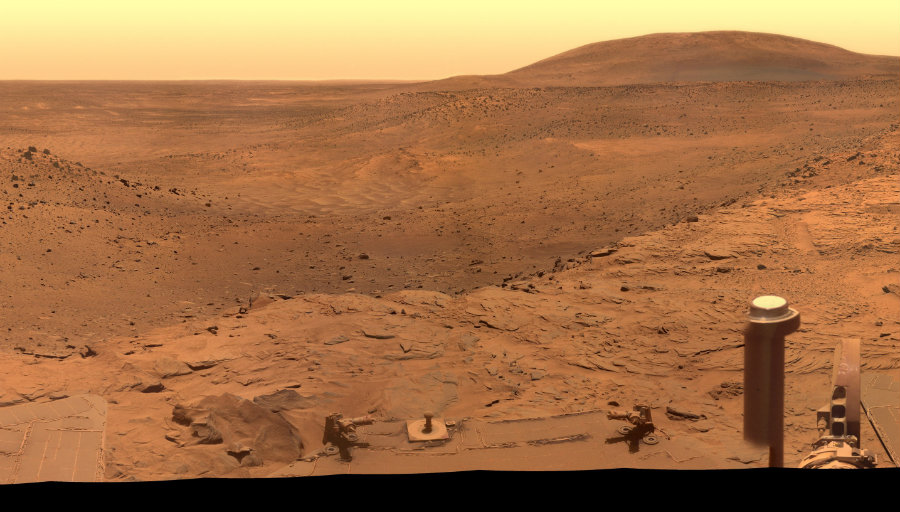NASA’s Kennedy Space Center has been working on an artificial garden that emulates Martian soil characteristics and climate conditions to verify whether vegetables can be grown in the Red Planet.
One of the main issues astronauts face once in a mission in outer space is the availability of food for the crew. Being able to grow vegetables in the Martian landscape would represent a significant solution to this issue.

NASA is using advances in science to learn how to increase plant production in extreme conditions to supplement astronauts’ diets, and the Veggie Project is the central unit that performs this kind of investigation.
Also, gardening and space plant biology experiments could mean a breakthrough in science.
How to grow a Martian garden
Scientists used Hawaiian soil as the base soil and then it was stimulated with other elements to match it with soil from Mars. Three different stages were placed: One in simple conditions, other with added nutrients, and the third stage of potting soil.
In those three types of “soil,” researchers tried to grow lettuce plants. The results showed that lettuce grew up without any significant difference in the three stages. However, the lettuce that grew in the soil most similar to Martian soil had weaker roots and a slower germination rate, with two to three days slower than those in control groups.
This is mostly related to how Martian farming can differ from farming on Earth, considering climate conditions and growth times.
The pilot study took almost four weeks, where ecologists, experts in biochemistry and chemical ecology supervised the whole process. Initially, scientists planted 30 seeds in the tubes, but only half of this amount grew successfully.

This is the first attempt and scientists are determined to keep trying to grow plants in soil similar to the one existing in Mars. Radishes, kale, peas, tomatoes, cabbage, among others, are some of the veggies experts are interested in.
This study is the execution of an agreement signed by the NASA and Florida Tech Institute in June 2016, and the preparation for the investigation begun in September.
Martian soil is not really soil
Mars does not have soil, according to Ralph Fritsche, the senior project manager for food production at Kennedy Space Center, since soil contains organics -that allow plants and animals to live in it- and Martian “soil” lacks nutrients. It is composed mostly
Mars is covered with this “soil” that it is produced mostly of bare minerals and volcanic rocks’ remains with nothing organic in it. But this study generated scientific data about farming and growing plants in Martian simulant, providing a useful tool for future research.
Technology development to produce reliable food in outer space efficiently will use scientific data generated by this study of Martian Gardens. This investigation is still working on the definition of test strategies and gathering mechanisms of data, as well as working in the assessment of the type of soil that can be used to imitate the one in Mars accurately.
Source: NASA
